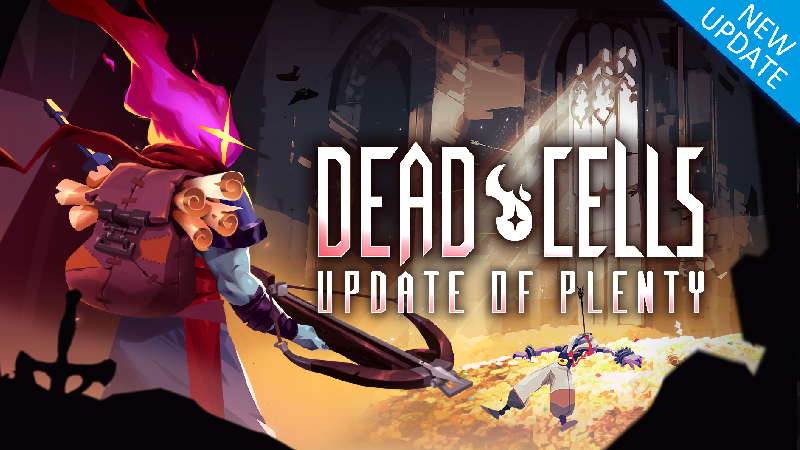
6, 7, 8 Thus, the features that underlie the distinction between a living and an inert entity remain a matter of debate. 5 However, the discovery that the giant Acanthamoeba polyphaga mimivirus can itself be infected by other viral species has casted doubts on this point. 2, 3, 4Ī corollary of the cell theory is that viruses do not constitute bona fide living organisms. 1 Only a few decades later (in 1885), Walter Flemming described for the first time some of the morphologic features that have been largely (but often inappropriately) used to define apoptosis throughout the past four decades.

In 1838, the work of several scientists including Matthias Jakob Schleiden, Theodor Schwann and Rudolf Carl Virchow culminated in the so-called ‘cell theory’, postulating that: (1) all living organisms are composed of one or more cells (2) the cell is the basic unit of life and (3) all cells arise from pre-existing, living cells. Here, the Nomenclature Committee on Cell Death formulates a set of recommendations to help scientists and researchers to discriminate between essential and accessory aspects of cell death.ĭefining life and death is more problematic than one would guess. Thus, the mechanisms that truly execute RCD may be less understood, less inhibitable and perhaps more homogeneous than previously thought. Conversely, bona fide cytoprotection can be achieved by inhibiting the transduction of lethal signals in the early phases of the process, when adaptive responses are still operational. Nonetheless, efficiently inhibiting the processes that are commonly thought to cause RCD, such as the activation of executioner caspases in the course of apoptosis, does not exert true cytoprotective effects in the mammalian system, but simply alters the kinetics of cellular demise as it shifts its morphologic and biochemical correlates. The biochemical phenomena that accompany RCD may be harnessed to classify it into a few subtypes, which often (but not always) exhibit stereotyped morphologic features. ‘Regulated cell death’ (RCD) can occur as part of physiologic programs or can be activated once adaptive responses to perturbations of the extracellular or intracellular microenvironment fail. In most settings, however, cell death is initiated by a genetically encoded apparatus, correlating with the fact that its course can be altered by pharmacologic or genetic interventions. Such an unavoidable variant of cellular demise is generally referred to as ‘accidental cell death’ (ACD).

Essential versus accessory aspects of cell death: recommendations of the NCCD 2015Ĭell Death & Differentiation volume 22, pages 58–73 ( 2015) Cite this articleĬells exposed to extreme physicochemical or mechanical stimuli die in an uncontrollable manner, as a result of their immediate structural breakdown.


 0 kommentar(er)
0 kommentar(er)
